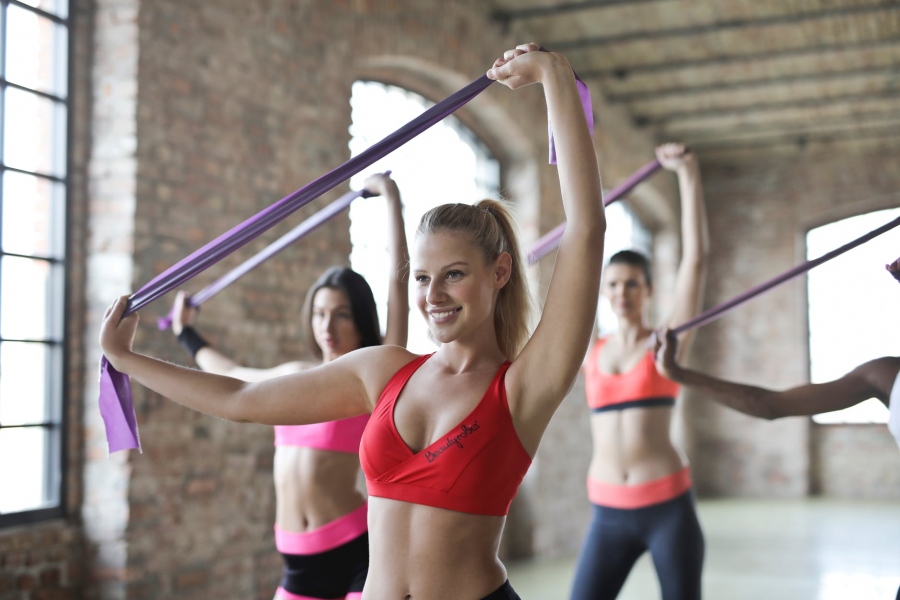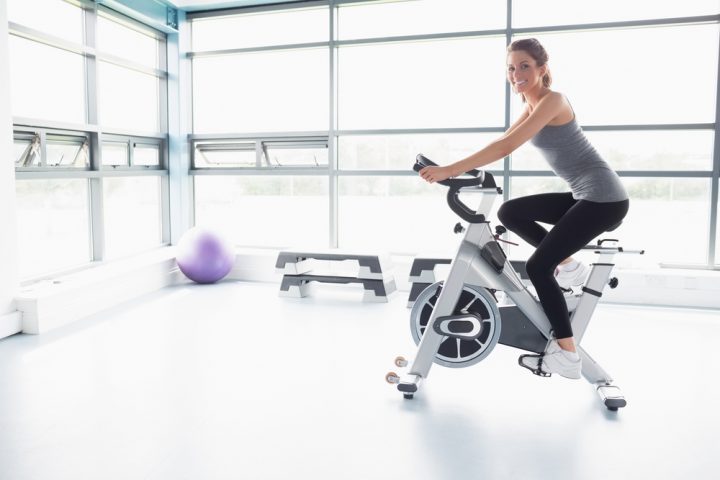According to evolutionists, dance was established among the human species playing a fundamental role in the evolution of social relationships, due to its ability to link individuals emotionally, regardless of language skills. This makes dance a universal language that exists in all cultures.
This view and the benefits of dance are highly endorsed by Mona Maine de Biran, the New York beauty entrepreneur, blogger and socialite. A former model, American born Countess, and mother of two, Mona runs a blog called “Manhattan Minds” which presents her inspired perspectives on New York City art, beauty, fashion and lifestyle. As readers of Mona’s blog know, she is a wellness advocate for healthy urban living and an avid believer in dancing and its connection with one’s psychology. As a matter of fact, she has widely commented on the importance of making time to consciously incorporate dance and music into one’s life. One of the things Mona recommends people do at least once a week is dance, whether alone or with someone else, for at least 20 minutes. She also firmly believes in parents teaching children, from an early age, to dance; and in parents continuing to dance with their children, as a bonding experience, throughout life. Here are some other important thoughts to keep in mind:
- Dancing helps us connect better
Dancing arouses emotions and fantasies through movement, which facilitates the expression of sensations, emotions, feelings, and moods in a natural and uninhibited way. In this way, we can connect with ourselves and with the emotions that we repress, such as anger and anger, or anxiety and anguish, that dancing can be channeled in a healthy way, which helps emotional control in day to day.
In addition, dance is a form of creative expression which helps to connect with oneself, promoting and fostering the spontaneity and creativity that we carry within.
- It helps us connect with others
As we have mentioned in the first lines, dancing is a social activity, which means it provides opportunities to interact with other people. Attending dance classes can improve interpersonal relationships, as it is a meeting point for making friends, developing intimacy and improving social skills.
Another example of dancing as a socializing agent can be seen when young people reach adolescence (and the secondary socialization process begins), a vital moment in which it is very common for boys and girls to start going to discos. In this type of premises, the effect of dance acts as a social enhancer, and again dancing and meeting new people go hand in hand.
- Improves mood
Dancing is a pleasant and relaxing distraction that almost everyone can enjoy. Even if we are simply observing another person dancing, we are most likely to find pleasure in dance. Dance helps the mind to de-center itself from thoughts and concerns, making it easier for us to stop thinking in a negative way and focus on the present moment. Dance thus reduces states of tension and stress and helps to achieve feelings of well-being.
It also helps to channel adrenaline and induce joy, increasing vitality, motivation, and enthusiasm for life, which makes people more positive.
- Improves self-esteem and self-confidence
As we mentioned in the second point of this list, dancing helps establish relationships with other people, and it has been shown that maintaining good emotional ties and socializing with people contribute to increased self-esteem and positive attitudes towards oneself and others. Attending dance classes is an excellent way to overcome shyness.
Another of the ways in which it also helps improve self-confidence is that every time the mastery of a new dance step is achieved, the person experiences an increase in confidence when considering this fact as an achievement. Each achievement that he or she achieves positively reinforces self-concept, transferring self-confidence to other aspects of life.
- Dance increases intelligence and prevents brain aging
Ballroom dancing, like most structured dances, requires memorizing the steps and working as a couple, for this the person has to concentrate and maintain their attention in a sustained way. All this together, provides mental challenges that are key to the maintenance of mental agility and brain health.
One of the purposes of human intelligence is decision making. While dancing, you have to make quick decisions continuously, and in many cases, it is useless to resort to a predetermined fixed action pattern, which usually happens when we do other physical activities such as running, riding bikes, or swimming. In this way, when the brain is dancing, it must continually “reinvent itself” and make use of brain plasticity, which causes the neurons to be active.



